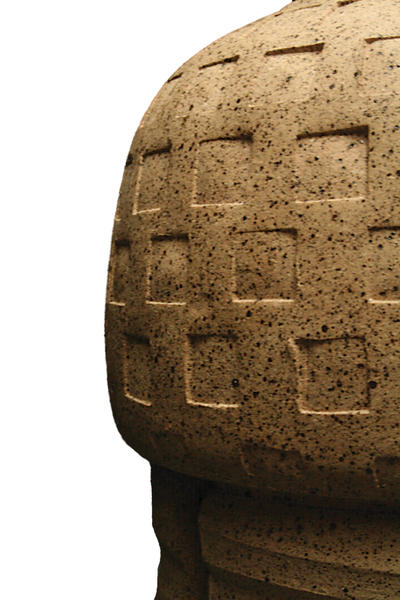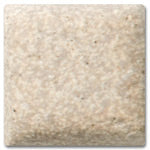Collection: High Fire (Cone 10)
A Cone rating means that you can fire that clay at any temperature up to that cone. The closer you get to the maximum rated cone, the denser and stronger your clay will be. You cannot fire a clay higher than its maximum-rated Cone, or it will melt.
Cone 10 clay can be used at low fire (Cone 04-06 or at Cone 6), but to reach its maximum strength it should be fired to Cone 10. That will cause the clay to shrink and become dense, and that is ideal, especially for dinnerware. You can see the low absorption numbers below on the stoneware and porcelain clay; for dinnerware, you want less than 3%. For sculpture you often want less shrinkage, and absorption doesn't matter. So then firing Cone 10 clay at a lower temperature is ideal. Clays designed for sculpture have more "open" bodies so they don't get as dense as other clays. An advantage of using Cone 10 clay is that you don't have to worry about over firing your clay if you forget what Cone it is. For this reason, many schools and studios only allow Cone 10 clay. Cone 10 clay is also typically used for Raku, even though Raku is a low temperature process. Clays such as WSO have good temperature shock absorption which is needed for Raku.
Remember, you have to fire your glaze to the Cone that is specified for that glaze, regardless what clay you use. Just make sure you use a clay rated at least as high as the glaze.
 Sold out
Sold out Sold out
Sold out Sold out
Sold out Sold out
Sold out














